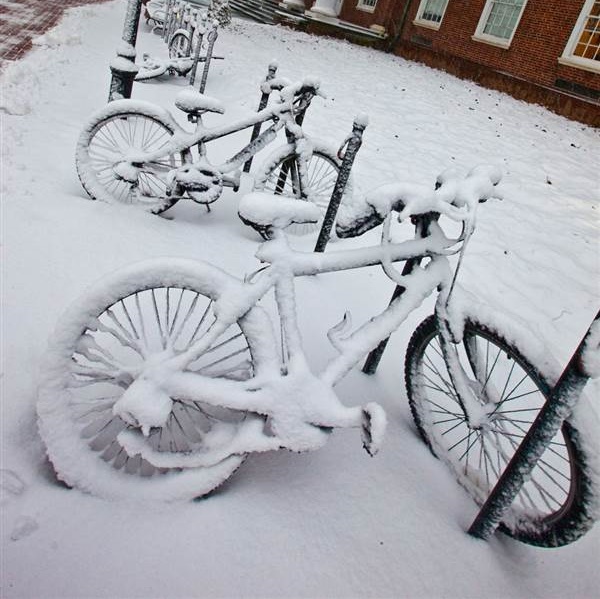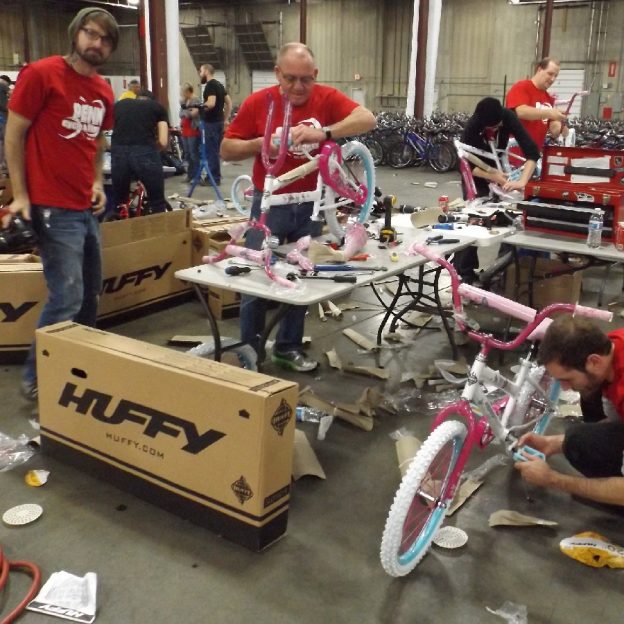Tag: Bike care
-

Outside Bike Storage: Preserving its Condition While Battling Mother Nature
If you’re like the many people who ride bikes, you may have selected or been forced to use outside bike storage where your bicycle has to fend for itself in all the weather elements. It’s nothing to be ashamed of, especially since many people don’t have a place to store their bikes inside.
-

Bike Maintenance: Best Time to Bring in Your Bike to the Shop
There are so many more benefits to bringing your bike in for bike maintenance during fall and winter rather than waiting until spring when the shop gets busy and you may have to wait.
